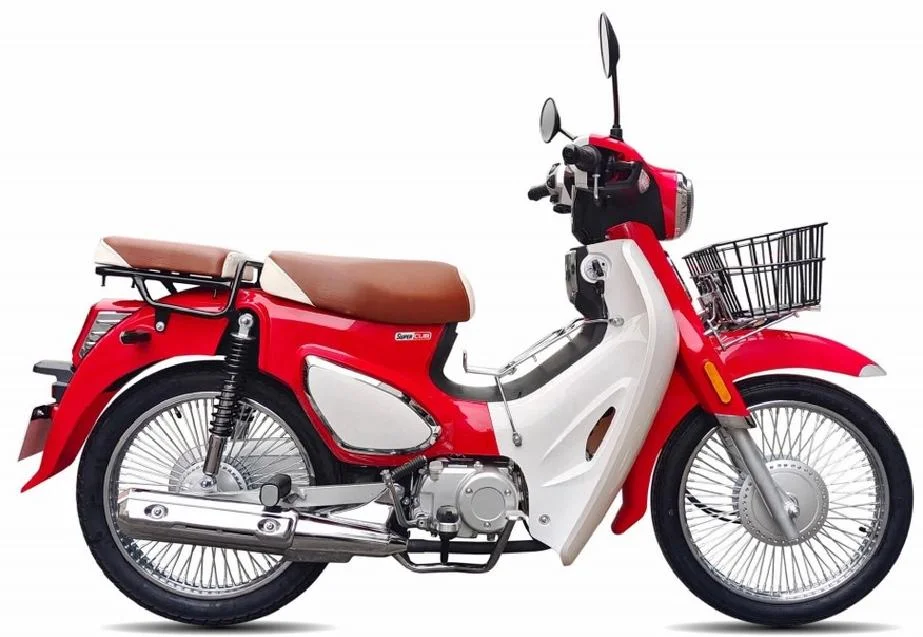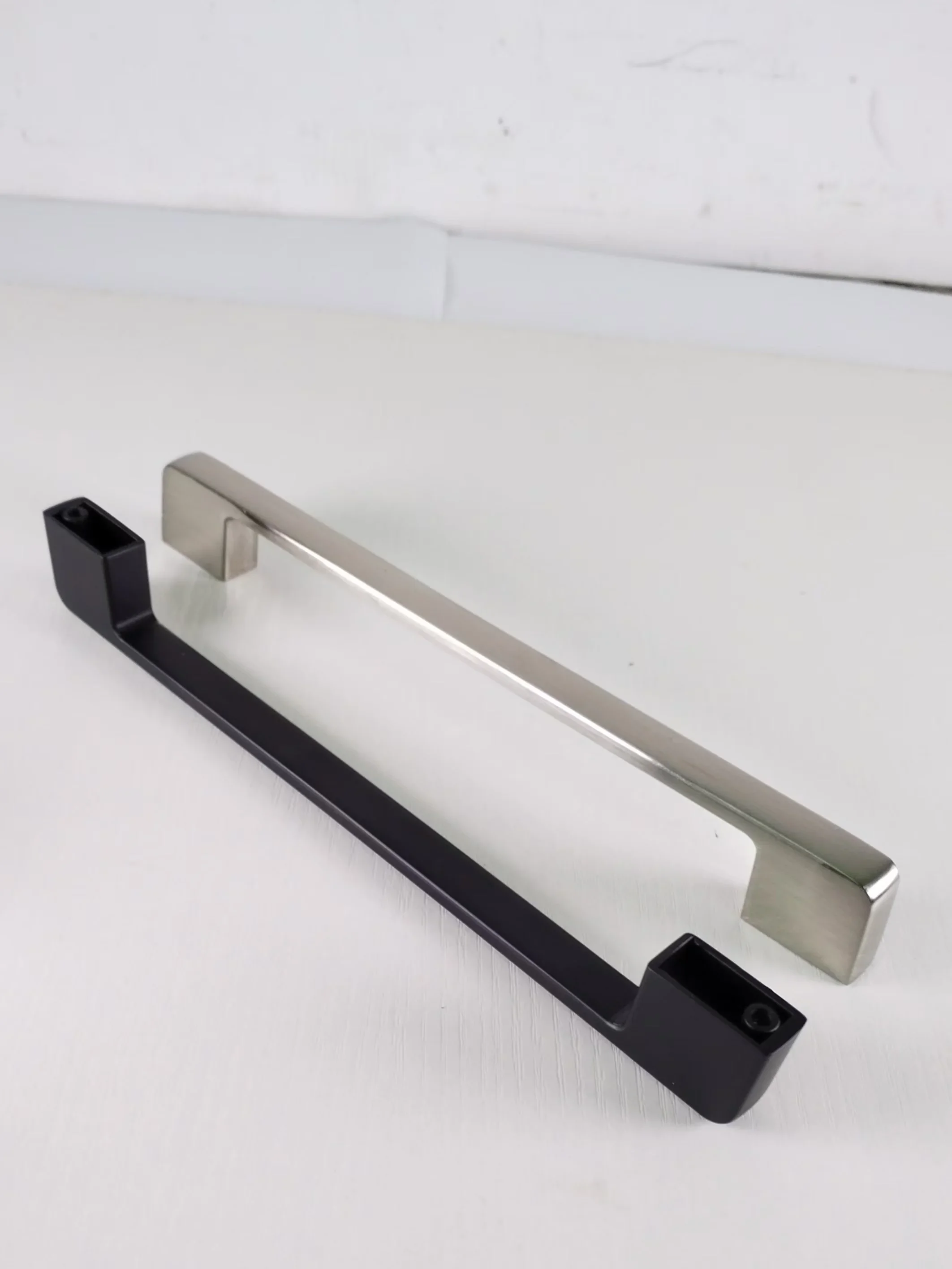When it comes to aviation, safety is paramount. For aviation enthusiasts and potential aircraft owners, the question of What is the safest plane to own? is not merely a matter of statistics; it encompasses a range of factors including design, technology, maintenance, and operational history. This article delves into the intricacies of aircraft safety, providing a detailed analysis of the safest planes available for ownership, while also considering the broader implications of safety in aviation.
Understanding Aircraft Safety
Before identifying specific aircraft, it’s essential to understand what constitutes safety in aviation. Safety can be broken down into several key components:
- Design and Engineering: The aircraft's design plays a crucial role in its safety. Modern aircraft are built with advanced materials and technologies that enhance structural integrity and performance.
- Operational History: An aircraft's safety record is often reflected in its operational history. This includes accident rates, incident reports, and the aircraft's performance in various conditions.
- Maintenance and Support: Regular maintenance is vital for ensuring an aircraft remains safe to fly. The availability of parts and support from manufacturers can significantly influence an aircraft's safety profile.
- Pilot Training and Experience: The skill and experience of the pilot are critical factors in aviation safety. Well-trained pilots can mitigate risks and handle emergencies effectively.
Top Contenders for the Safest Planes to Own
Based on the aforementioned criteria, several aircraft stand out as the safest options for ownership. Here are some of the top contenders:
- Cessna 172 Skyhawk
The Cessna 172 Skyhawk is often regarded as one of the safest general aviation aircraft. With a long history of reliability, it boasts a low accident rate and is equipped with advanced avionics. Its high-wing design offers excellent visibility and stability, making it an ideal choice for both novice and experienced pilots. The Skyhawk's robust construction and ease of maintenance further enhance its safety profile.
- Piper PA-28 Cherokee
The Piper PA-28 Cherokee series is another excellent option for safety-conscious owners. Known for its forgiving flight characteristics, the Cherokee is designed for stability and ease of handling. The aircraft has a strong safety record, and its simple systems make it easier for pilots to manage in various flying conditions. Additionally, the availability of training resources and parts contributes to its overall safety.
- Diamond DA40
The Diamond DA40 is a modern aircraft that emphasizes safety through innovative design. Its composite structure provides enhanced durability and crashworthiness. The DA40 is equipped with advanced avionics and safety features such as a ballistic parachute system, which can be deployed in emergencies. Its excellent visibility and responsive handling make it a favorite among flight schools and private owners alike.
- Cirrus SR22
The Cirrus SR22 is often hailed as one of the safest single-engine aircraft available. Its standout feature is the Cirrus Airframe Parachute System (CAPS), which allows the entire aircraft to be parachuted to safety in the event of an emergency. The SR22 is equipped with state-of-the-art avionics and safety features, making it a top choice for those prioritizing safety in their flying experience.
Factors Influencing Aircraft Safety
While the above aircraft are recognized for their safety, several external factors can influence overall safety in aviation:
- Regulatory Compliance: Adhering to aviation regulations and standards set by authorities such as the FAA (Federal Aviation Administration) is crucial for maintaining safety.
- Pilot Proficiency: Continuous training and proficiency checks are essential for pilots to stay current with safety protocols and emergency procedures.
- Environmental Considerations: Weather conditions can significantly impact flight safety. Understanding how to operate safely in various weather scenarios is vital for all pilots.
Conclusion
Choosing the safest plane to own involves a multifaceted approach that considers design, operational history, maintenance, and pilot training. The Cessna 172, Piper PA-28, Diamond DA40, and Cirrus SR22 each offer unique safety features and a proven track record, making them excellent choices for prospective aircraft owners. Ultimately, safety in aviation is a shared responsibility that extends beyond the aircraft itself, encompassing the skills of the pilot and the adherence to safety protocols. By prioritizing these factors, aviation enthusiasts can enjoy the skies with confidence and peace of mind.




